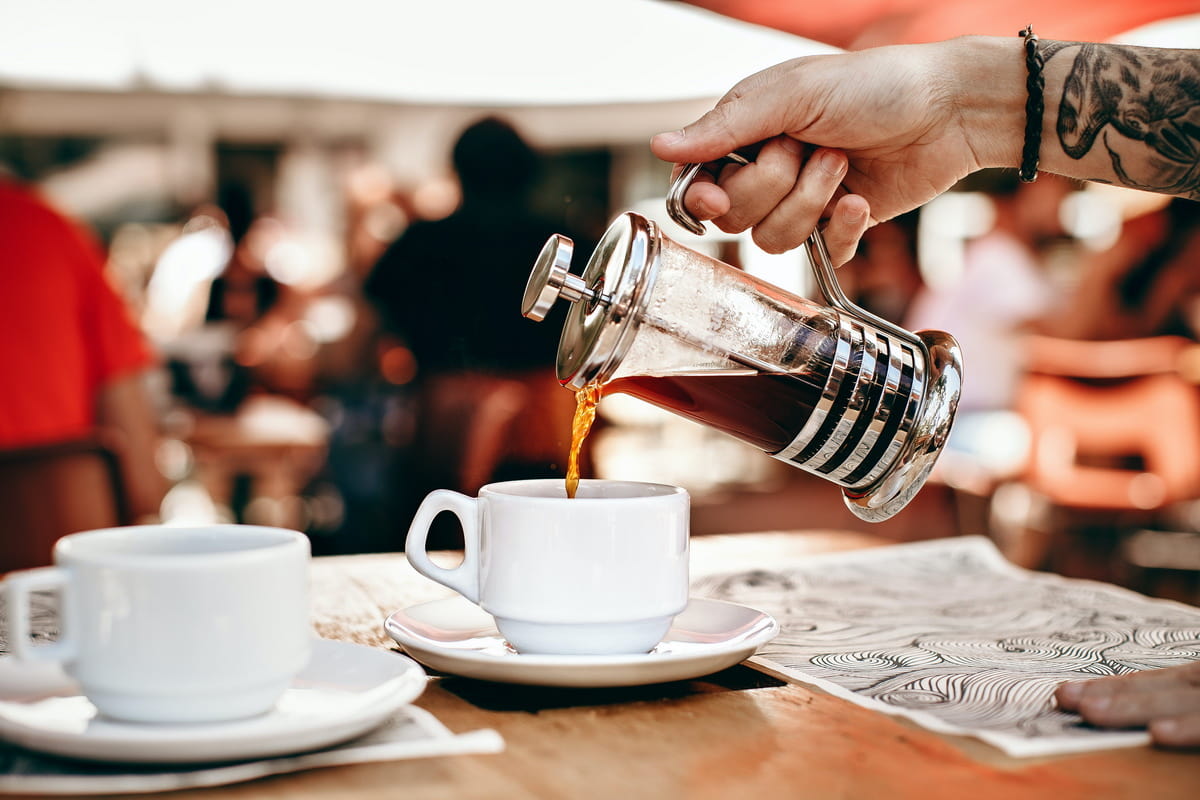Tea, an ancient beverage, has journeyed through millennia, evolving from a medicinal elixir in China around 2737 BC to a global cultural phenomenon. Did you know that nearly three billion cups of tea are consumed worldwide daily? Each variety of tea, from the robust black to the delicate white, tells a unique story of geography, culture, and tradition.
In this exploration, we delve into 17 fun facts about tea, shedding light on its historical significance, cultural impact, and surprising health benefits.
1. The Birth of Tea: A Journey to Ancient China
The story of tea begins in ancient China, with the earliest written records dating back to the 3rd century BC. The legend of Emperor Shen Nong, who in 2737 BC discovered tea when leaves accidentally fell into his boiling water, marks the mythical start.
Historically, tea became a cultural staple during the Tang Dynasty (618–907 AD), with Lu Yu’s “The Classic of Tea” being the first definitive work on cultivating and drinking tea.
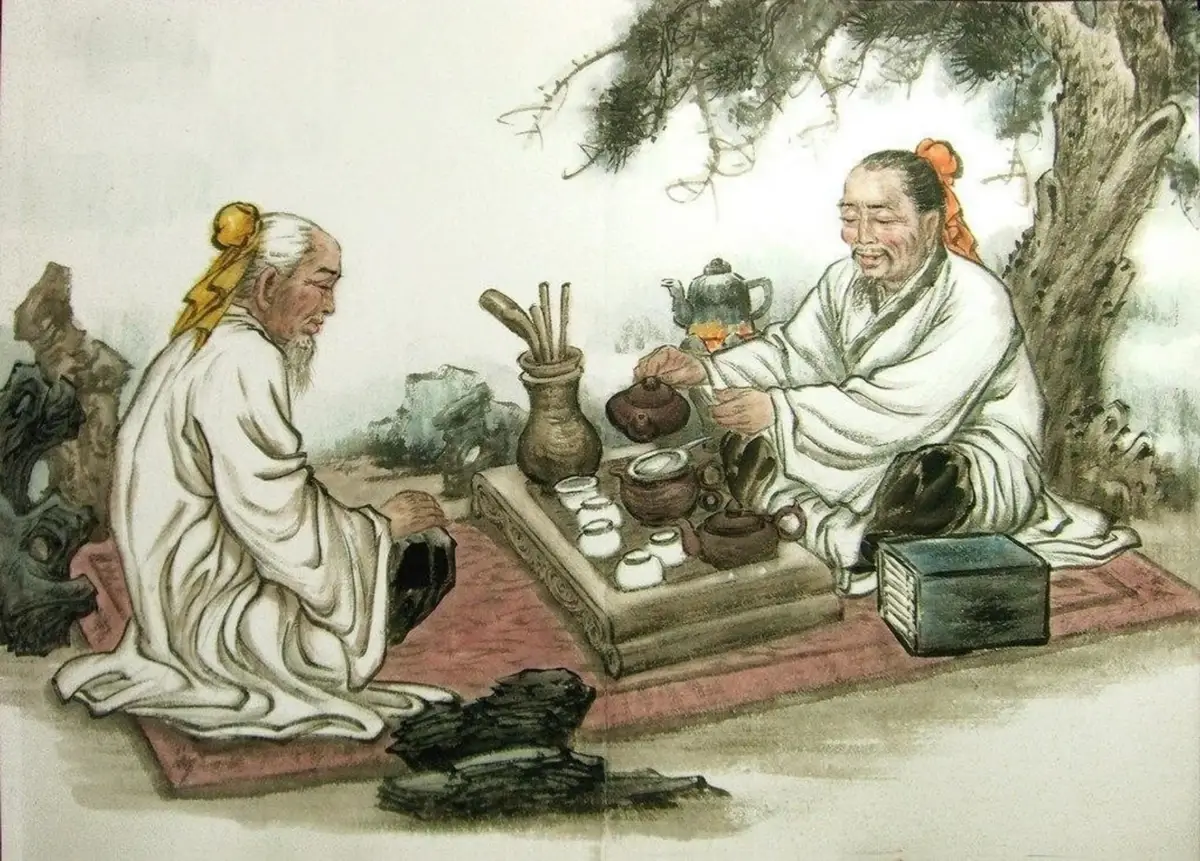
Image: Wikimedia Commons
2. Black, Green, White, Oolong: The Spectrum of Tea Varieties
Tea varieties are distinguished by their processing methods, creating the distinct flavors of black, green, white, and oolong teas.
Green tea, minimally processed, retains a green color and antioxidant properties. Black tea, fully oxidized, offers a robust flavor. White tea, the least processed, is known for its delicate taste. Oolong tea, partially oxidized, provides a balance between black and green tea flavors.
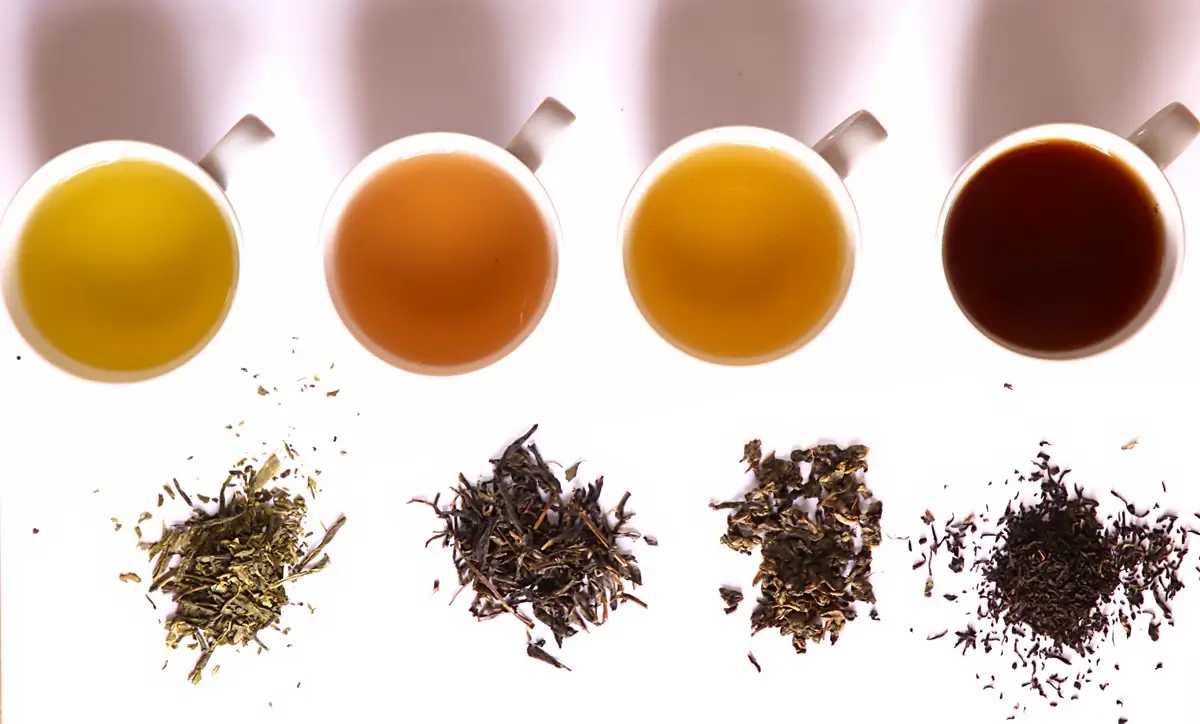
Image: Wikimedia Commons
3. The Boston Tea Party: Tea’s Role in American Independence
The Boston Tea Party, a significant event in American history, occurred on December 16, 1773. American colonists, protesting the British Tea Act which imposed taxes without representation, dumped 342 chests of tea into the Boston Harbor.
This defiant act was a key catalyst for the American Revolution. The incident, symbolizing the rejection of British rule, turned tea into a revolutionary emblem.
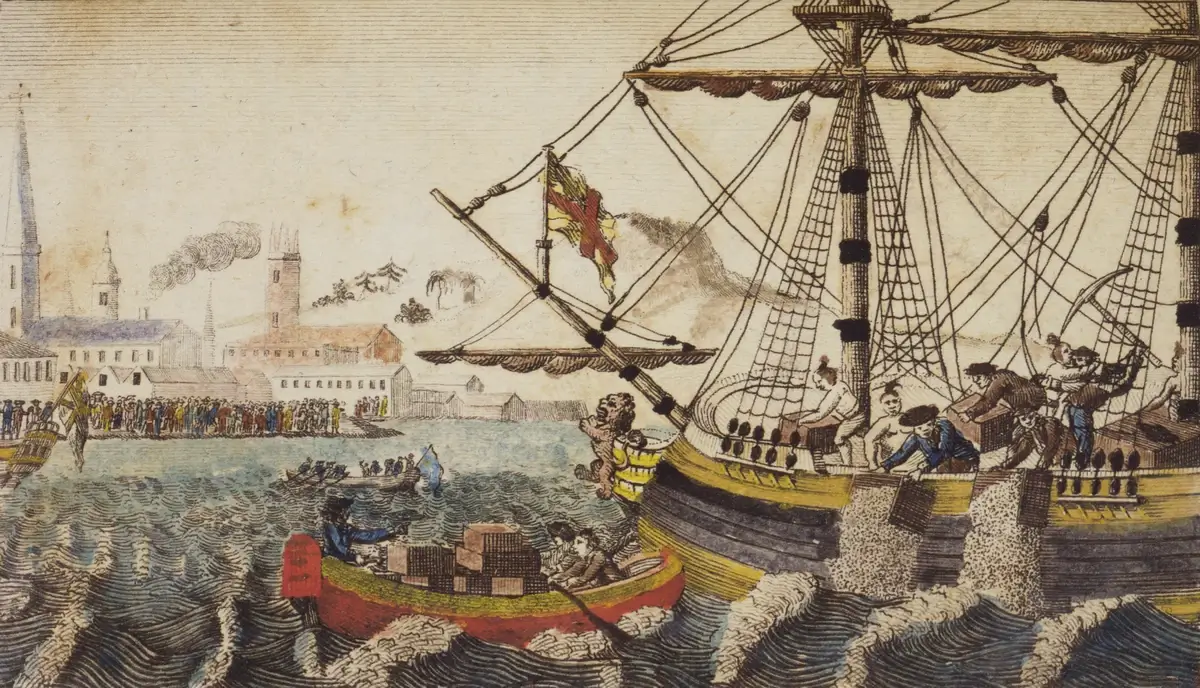
Image: Wikimedia Commons
4. The Health Benefits of Tea: From Antioxidants to Mental Wellness
Tea is renowned for its health benefits, owing to its rich antioxidant properties. Green tea, in particular, contains catechins that may help reduce the risk of heart disease and certain cancers. Black tea has been linked to improved cholesterol levels. Additionally, tea contains L-theanine, an amino acid that promotes relaxation and improves concentration.
Regular consumption can also potentially lower the risk of stroke and diabetes.
5. Global Production: The Leading Tea Growing Nations
China and India lead the world in tea production, together accounting for more than 60% of the global output. China, where tea originated, is famous for its diverse varieties, including the renowned green tea. India, known for its Assam and Darjeeling teas, has a rich tea culture with chai being a popular national beverage.
Other significant producers include Kenya, Sri Lanka, and Turkey, each contributing unique flavors and types to the global tea market.
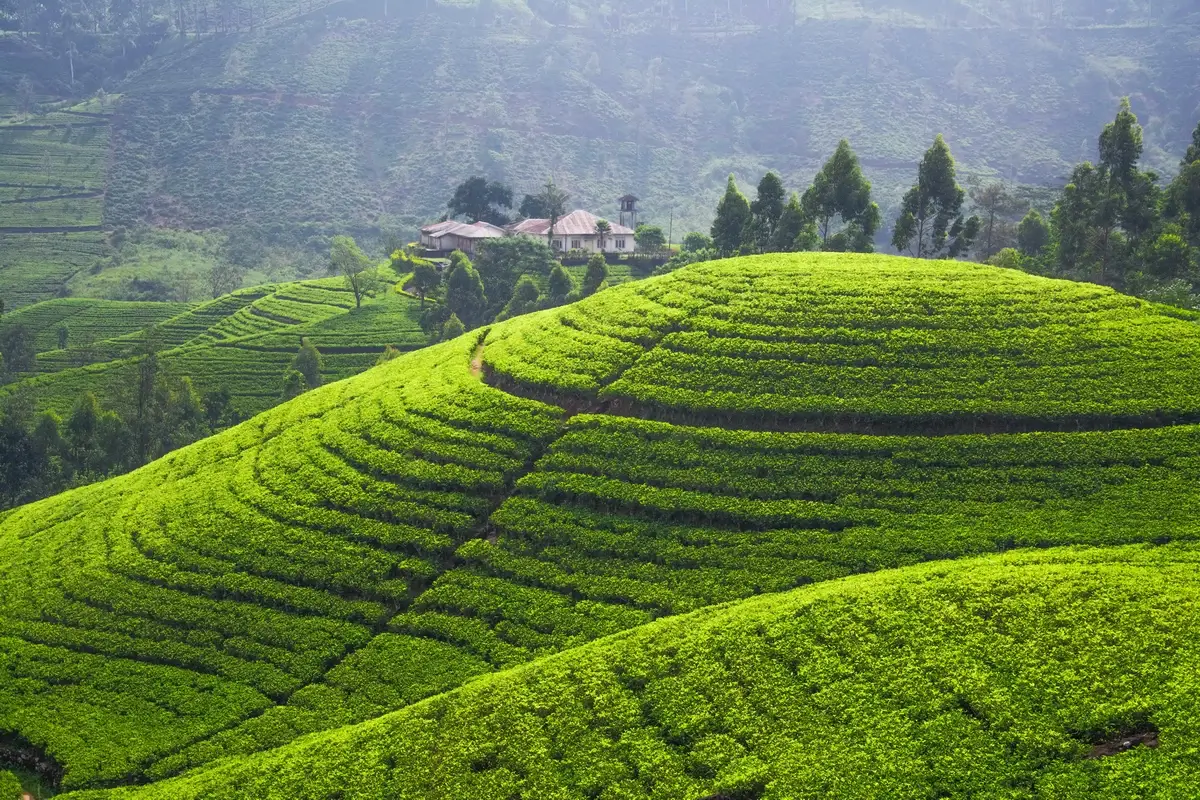
Image: oir.mobi
6. The Art of Tea Ceremonies: Cultural Rituals Across the World
Tea ceremonies are rich cultural rituals, varying significantly across countries. In Japan, the tea ceremony, or ‘Chanoyu’, is a meditative practice focusing on aesthetics and harmony. China’s ‘Gongfu’ tea ceremony emphasizes the art of tea preparation. Meanwhile, the British afternoon tea is a social event with specific customs and etiquette.
These ceremonies not only celebrate tea but also reflect the cultural values and history of each region.

Image: asiatimes.com
7. World’s Most Expensive Teas: A Look at Rare and Exotic Blends
Some teas are known for their exclusivity and high price tags. Da-Hong Pao, a rare oolong tea from China’s Wuyi Mountains, can cost thousands of dollars per kilogram. Another, Tieguanyin, is prized for its intricate production process. Japan’s Gyokuro is esteemed for its unique shading technique before harvesting, contributing to its rich umami flavor.
These teas are not just beverages but luxurious experiences, reflecting centuries of cultivation and refinement.

Image: loongese.com
8. Tea and Literature: Inspiring Authors Throughout History
Tea has been a muse for many authors throughout history. Famous writers like Jane Austen and Leo Tolstoy often included tea scenes in their works, using it as a social and reflective element.
The Victorian era saw tea become a symbol of domestic tranquility in literature. Modern writers continue this tradition, using tea as a metaphor for comfort, ritual, and community.
9. The Science Behind Tea Brewing: Temperature and Time
The perfect cup of tea is a science. Different teas require specific temperatures and brewing times.
For instance, green tea is best brewed at lower temperatures (around 80°C) for 1-3 minutes to avoid bitterness. Black tea, on the other hand, needs near-boiling water (around 100°C) for 3-5 minutes to extract its full flavor. Oolong teas fall in between, with varying times and temperatures depending on their oxidation level.
10. Tea in Space: How Astronauts Enjoy This Beverage
Tea has even made its way into space. Astronauts enjoy specially designed tea bags in microgravity conditions aboard space stations.
The tea is contained in foil pouches, and water is injected into these bags. Astronauts then drink the tea through a straw directly from the pouch, experiencing the comforting taste of tea even in the vastness of space.

Image: startrek.com
11. The Evolution of Tea Packaging: From Loose Leaf to Tea Bags
Tea packaging has evolved significantly. Initially, tea was compressed into bricks for easy transport along trade routes. In the 20th century, the invention of the tea bag revolutionized tea consumption, offering convenience and consistency.
Today, tea bags range from the traditional paper pouches to pyramid-shaped silk bags, designed to allow more room for the leaves to expand and release their flavor.
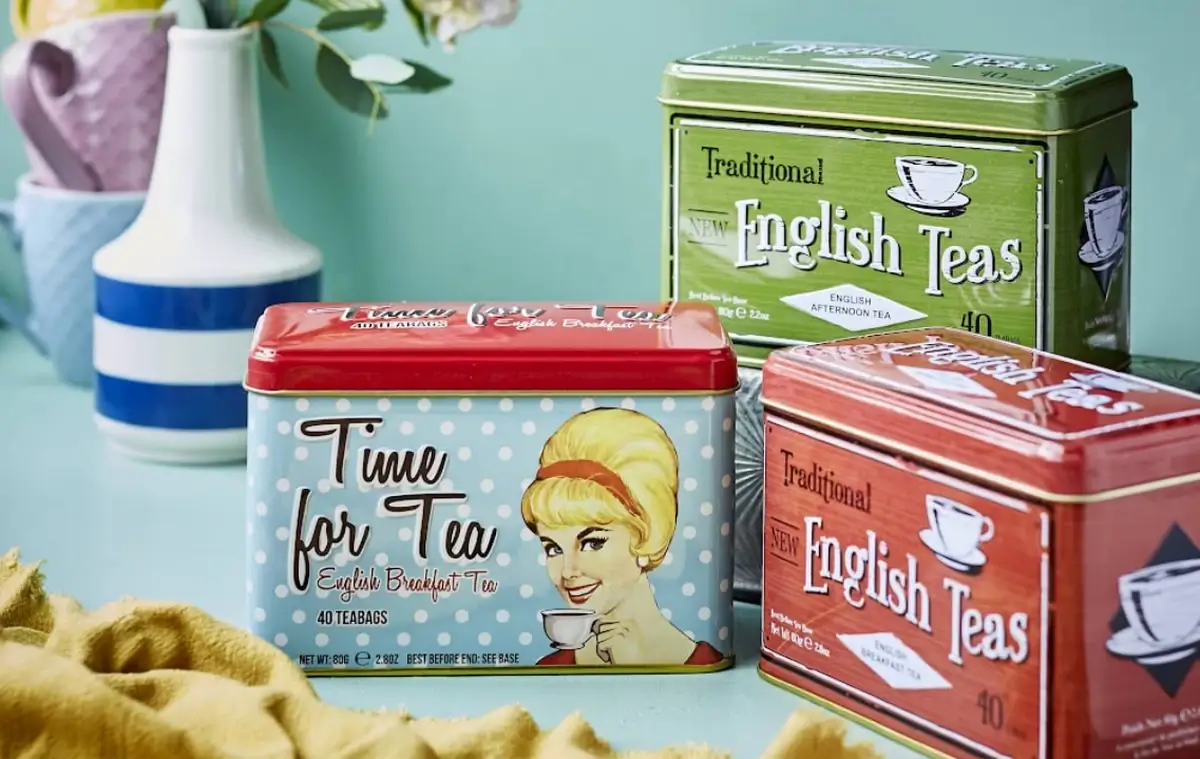
Image: newenglishteastrade.com
12. Tea’s Impact on the Environment: A Sustainability Perspective
Tea production has environmental implications. Traditional tea farming can lead to deforestation and soil erosion. However, many producers are now adopting sustainable practices, like organic farming and permaculture, to minimize impact.
The production of tea bags also poses environmental concerns due to the use of plastics and non-biodegradable materials, prompting a shift towards eco-friendly packaging solutions.
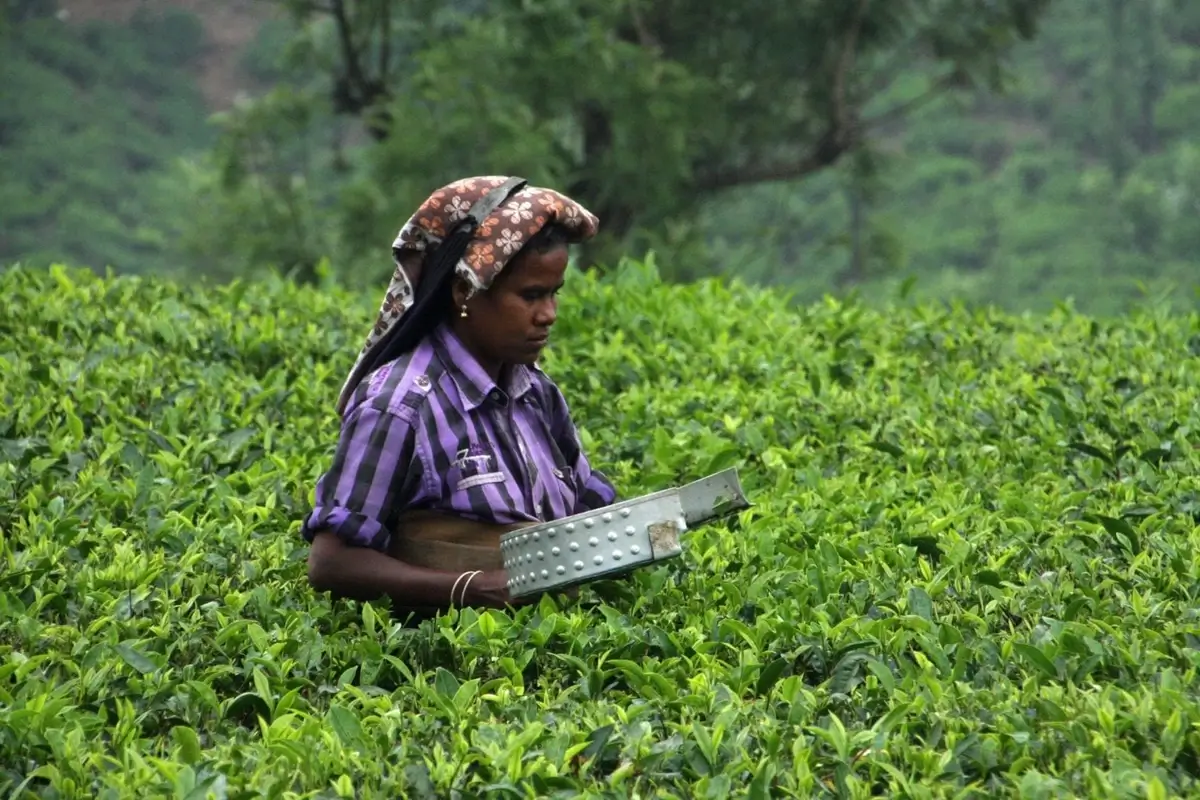
Image: cabi.org
13. Tea in Pop Culture: Iconic Moments in Film and Television
Tea has featured in numerous iconic moments across film and television, often symbolizing comfort, tradition, or social status. In “Downton Abbey,” tea scenes meticulously portray early 20th-century British aristocracy, while the Mad Hatter’s tea party in “Alice in Wonderland” is an exercise in whimsical surrealism.
These depictions highlight tea’s versatility as a cultural symbol, from a refined ritual to a vehicle for fantasy.
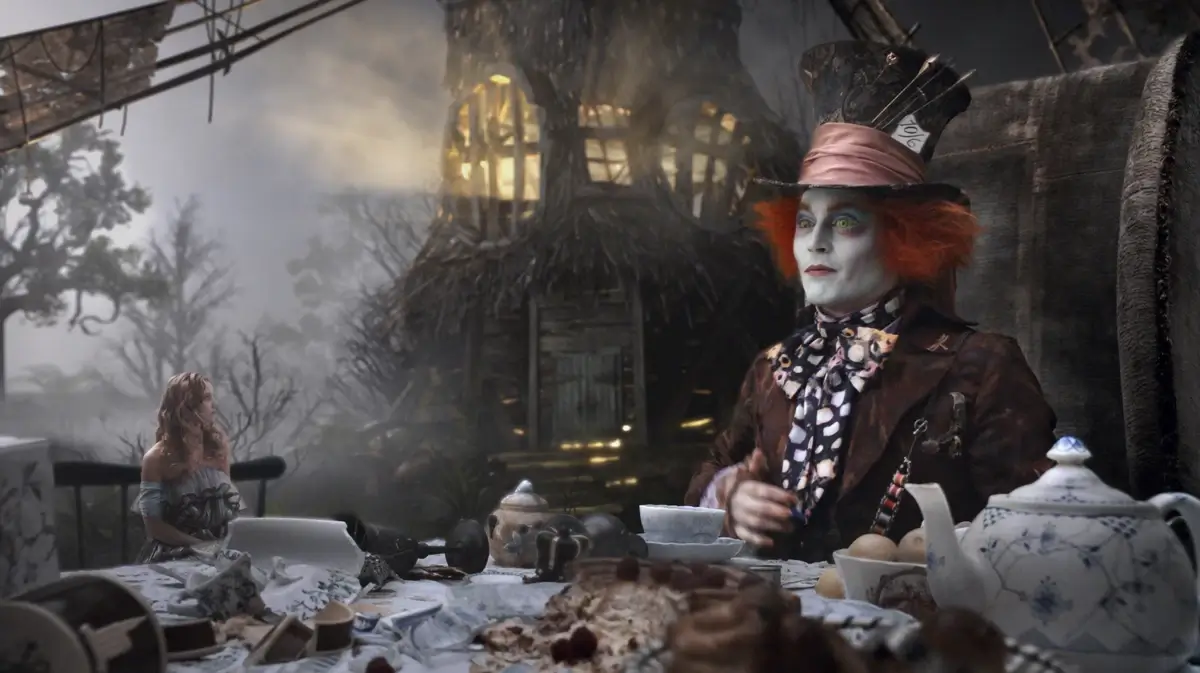
Image: tvgenius.com
14. World Record for the Largest Cup of Tea
The global fascination with tea has led to the setting of impressive world records. The largest cup of tea was made in Mexico in 2023, containing a staggering 9,123 liters.
This monumental achievement reflects the creativity and enthusiasm people have for celebrating tea.
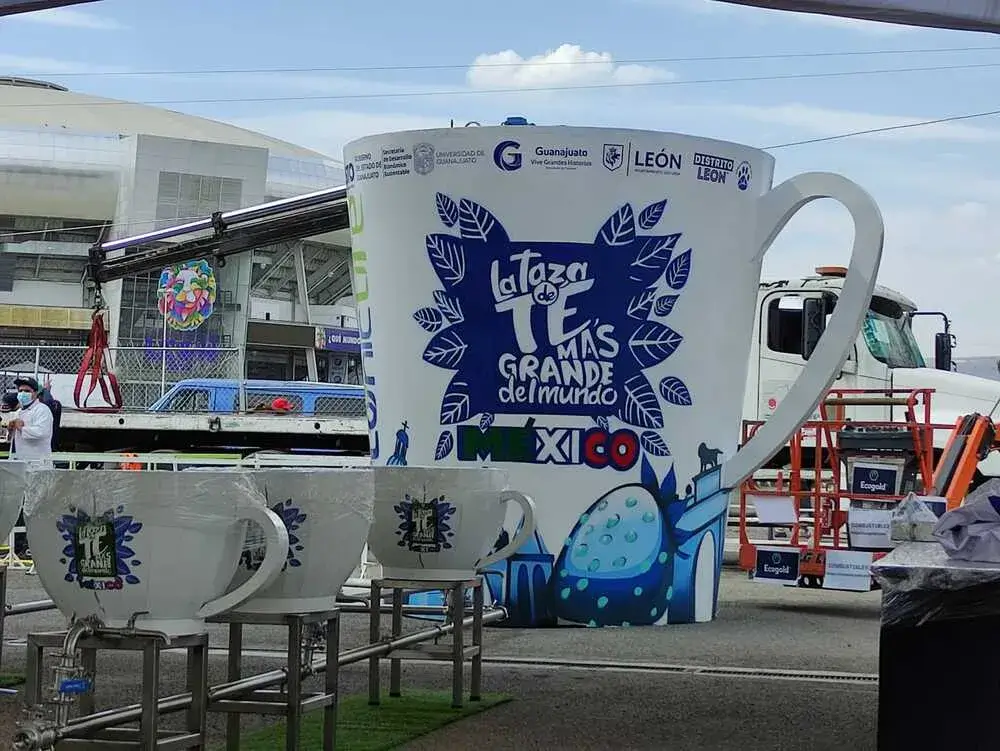
Image: turkmenportal.com
15. The Chai Revolution: India’s Love Affair with Spiced Tea
Chai, the spiced milk tea from India, has a history intertwined with both local tradition and colonial influences. Its unique blend of black tea, milk, sugar, and spices like cardamom, cloves, and cinnamon, has made it a global favorite.
India consumes about 837,000 tonnes of tea annually, with chai being an integral part of daily life. This beverage transcends mere consumption, symbolizing hospitality and connection.
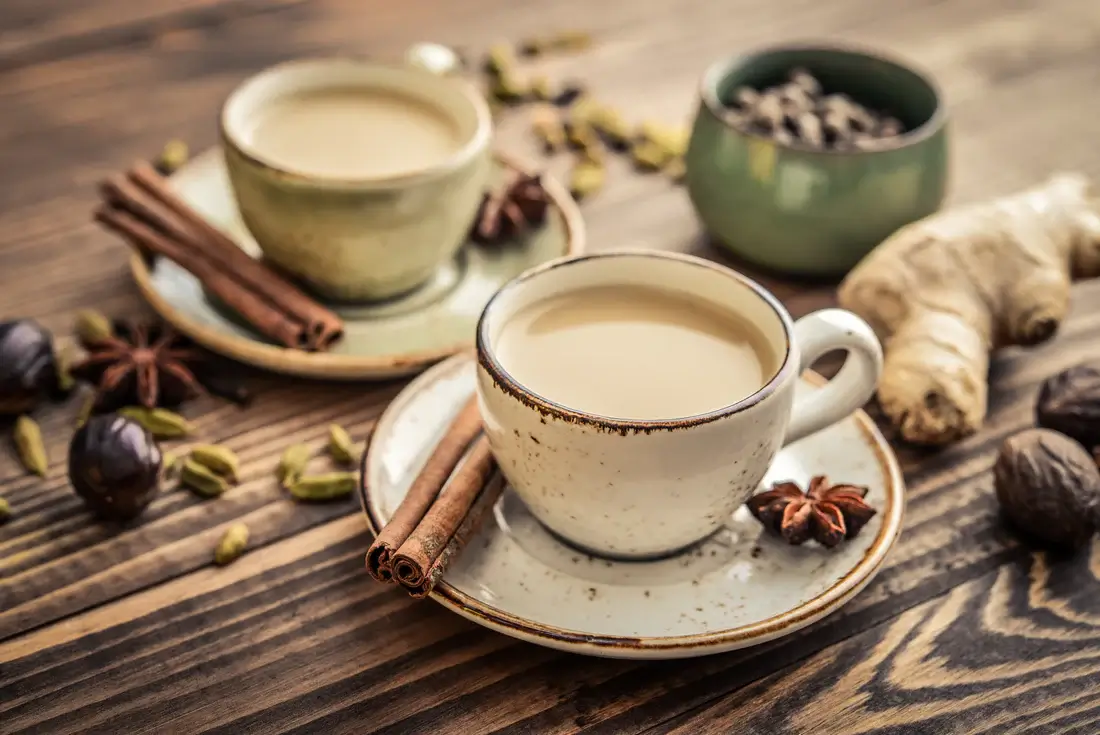
Image: alchemycordial.com.au
16. Tea and Technology: Innovations in Tea Production and Brewing
Technological advancements are transforming tea production and brewing. Precision agriculture, using data analytics and IoT (Internet of Things), optimizes growth conditions, improving quality and yield.
In brewing, innovations like smart teapots and tea-making robots personalize the brewing process. The global smart kitchen appliances market, including tea gadgets, is expected to grow significantly, reflecting these trends.
17. A Taste of Tradition: Celebrated Teas in Different Cultures
Tea traditions vary greatly across cultures, each with its own history and significance.
In Morocco, mint tea, served in ornate teapots, is central to social life, dating back to the 18th century. The British afternoon tea tradition, emerging in the early 1840s, became a high society social event. Turkey, where tea culture burgeoned in the 20th century, now has the highest tea consumption per capita globally.
These traditions not only define cultural identities but also show tea’s versatility in adapting to different societal norms.
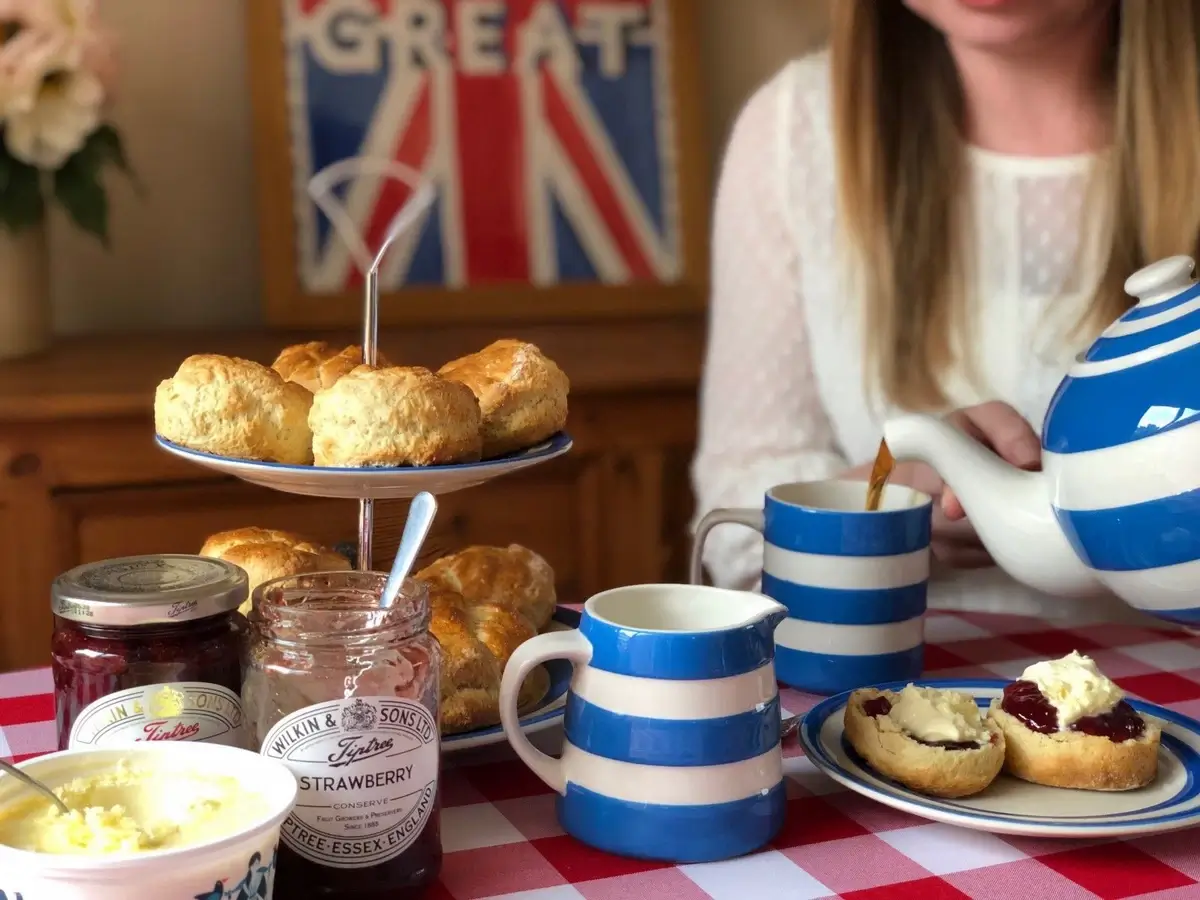
Image: pinimg.com
FAQ
Which country drinks the most tea?
China is currently the largest consumer of tea, followed closely by India. However, in terms of per capita consumption, Turkey holds the top spot. Turks consume an average of about 3.16 kilograms of tea per person annually, which is the highest rate in the world. This high consumption is deeply rooted in Turkish culture and daily life.
How did tea get its name?
The name “tea” is believed to have originated from the Chinese dialects. There are two main pronunciations: “cha” and “te.” “Cha” is used in Mandarin and Cantonese, which led to variants like “chai” in Hindi. “Te” comes from the Min Nan Chinese dialect and spread to Europe via the Dutch East India Company, leading to the English “tea” and similar terms in other European languages.
How old is the oldest tea?
The oldest physical evidence of tea was discovered in the tomb of Emperor Jing of Han in China, dating back to around 141-87 BC. This finding indicates that tea has been consumed for over two millennia. The tea found was in a form that suggests it was a precious item, used for medicinal purposes or as a tribute.
Who loves tea the most?
While it’s difficult to pinpoint who loves tea the most, as tea is a globally beloved beverage, certain cultures have a particularly deep affection for it. The British are renowned for their tea culture, as are the Chinese and Indians. In terms of sheer volume, the Chinese consume the most tea, but on a per capita basis, the Turks are the biggest tea lovers.
Why is tea so special in England?
Tea in England is more than just a beverage; it’s a cultural institution. The tradition of drinking tea was popularized in the 17th century after it was introduced from China. Over time, it became a symbol of British identity and social norms, particularly with the advent of the afternoon tea tradition in the 1840s. This ritual was a social event for the upper classes and gradually became a widespread practice across all social strata.
What was tea invented for?
Originally, tea was used primarily for medicinal purposes. Ancient Chinese texts suggest that tea was consumed for its health benefits, including aiding digestion, enhancing alertness, and as a stimulant. Over time, its use evolved from a medicinal concoction to a leisurely beverage, enjoyed for its flavor and as a part of social rituals.


